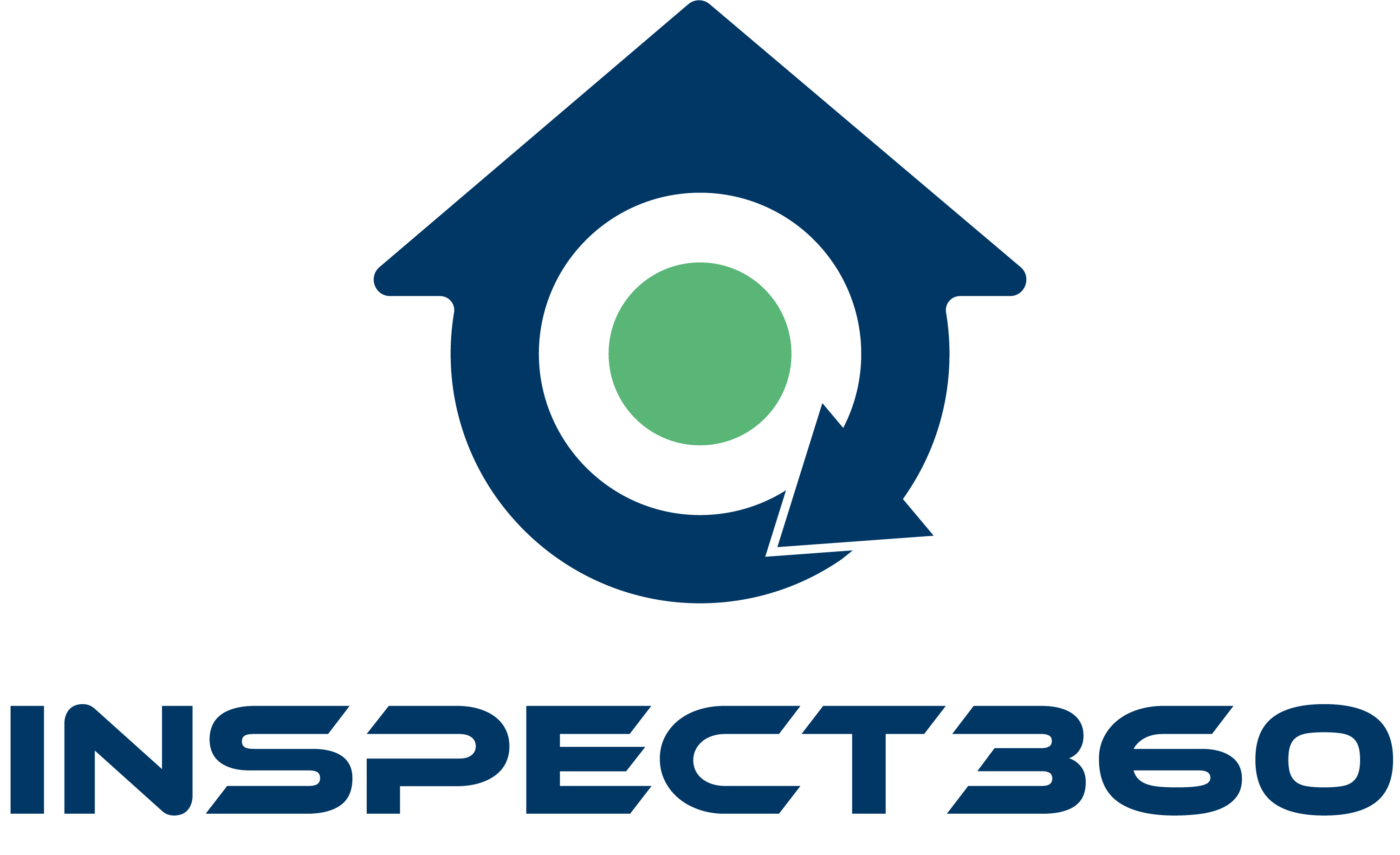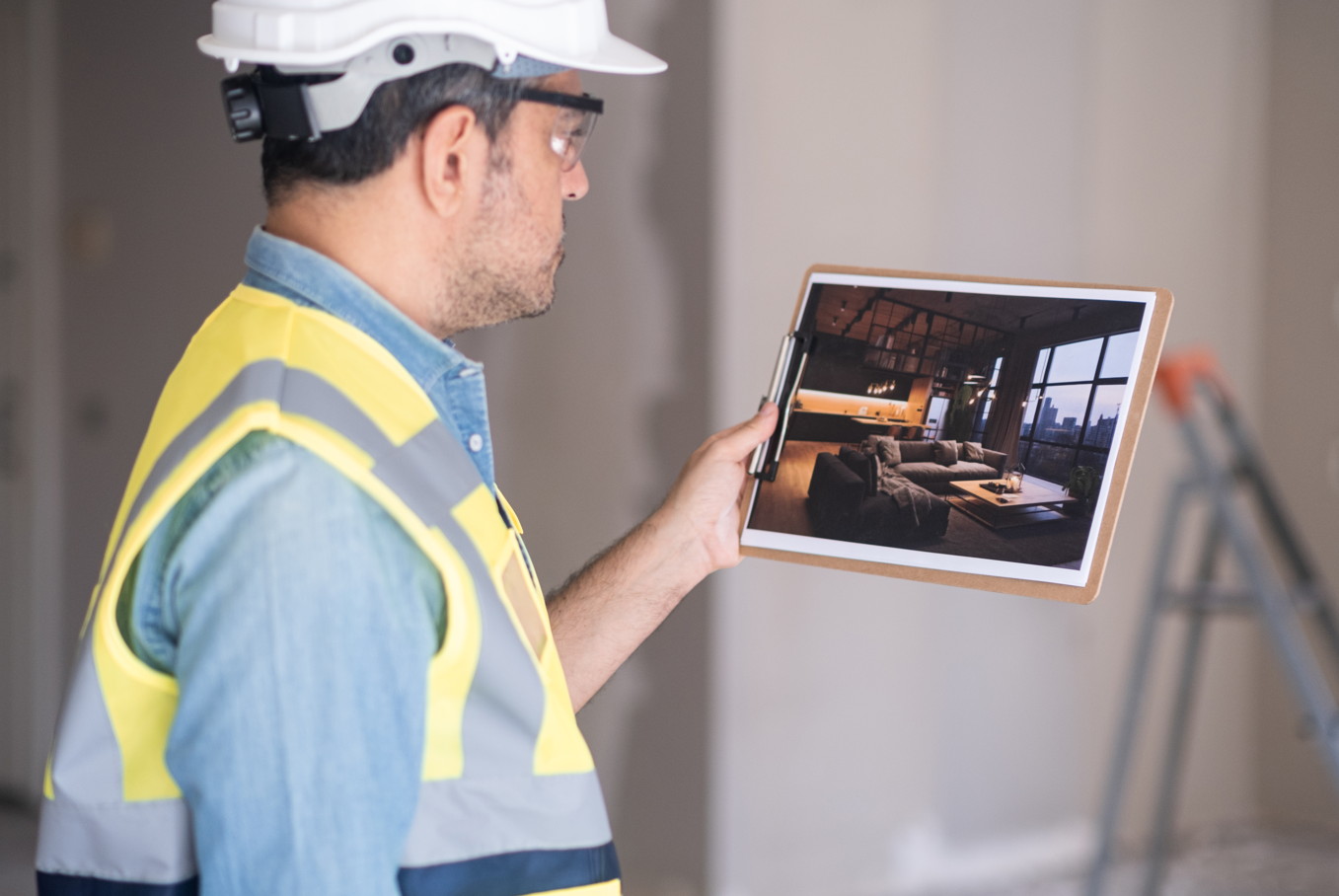
The Evolution of Building Inspections: From Manual Checks to AI-Driven Analysis
The Early Days: Manual Inspections
In ancient times, building inspections were informal and primarily relied on the builder’s experience and community standards. As societies progressed, the need for standardized building practices became evident.
Historical Milestones:
- Code of Hammurabi (circa 1754 BC): One of the earliest known building codes, it stipulated severe penalties for builders if a structure failed, underscoring the importance of construction integrity.
- Deuteronomy (circa 7th century BC): This biblical text instructed the addition of parapets on roofs to prevent falls, highlighting early safety considerations in construction.
Despite these early regulations, inspections remained manual, with officials or elders assessing structures based on visual checks and personal judgment.
The Middle Ages to the Renaissance: Emerging Regulations
As urban centers grew, the consequences of structural failures became more severe, prompting more formalized inspection processes.
Key Developments:
- Guild Oversight: Craftsmen’s guilds established standards for construction quality, and master builders were responsible for ensuring adherence, marking a shift towards accountability.
- Municipal Codes: Cities began enacting ordinances to address building safety, fire prevention, and public health, laying the groundwork for modern building codes.
Inspections during this period were still manual but became more systematic, with appointed inspectors ensuring compliance with local codes.
The Industrial Revolution: Standardization and Professionalization
The 18th and 19th centuries brought rapid urbanization and technological advancements, necessitating more rigorous building inspection protocols.
Significant Milestones:
- Building Act of 1774 (United Kingdom): Implemented after the Great Fire of London, this act standardized building practices to enhance fire safety and structural integrity.
- Formation of Inspection Bodies: The late 19th and early 20th centuries saw the establishment of official building inspectorates and professional associations, formalizing the role of inspectors and introducing standardized training and certification.
Inspections became more detailed, with inspectors utilizing tools like plumb lines and spirit levels to assess structural soundness.
The 20th Century: Technological Integration
The advent of new technologies in the 20th century began to augment traditional inspection methods.
Advancements Include:
- Non-Destructive Testing (NDT): Techniques such as ultrasonic testing and radiography allowed inspectors to assess structural integrity without causing damage.
- Digital Tools: The introduction of computers and software enabled better data management, report generation, and access to digital blueprints, enhancing inspection efficiency.
While manual checks remained prevalent, these technologies provided inspectors with more precise tools to evaluate building conditions.
The 21st Century: The Rise of AI-Driven Analysis
Today, Artificial Intelligence (AI) is revolutionizing building inspections, offering solutions that enhance accuracy, efficiency, and predictive capabilities.
Modern Innovations:
- AI-Powered Drones: Equipped with high-resolution cameras and sensors, drones can autonomously inspect hard-to-reach areas, capturing data that AI algorithms analyze to identify defects such as cracks, corrosion, or structural deformations.
- Predictive Analytics: AI systems process historical and real-time data to forecast potential structural issues, enabling proactive maintenance and reducing the risk of unexpected failures.
- Automated Reporting: AI streamlines the reporting process by generating comprehensive inspection reports with annotated images and actionable insights, reducing the administrative burden on inspectors.
These advancements signify a shift from reactive to proactive building management, with AI enabling continuous monitoring and early detection of potential issues.
Embracing the Future with Inspect360
As building inspections continue to evolve, integrating AI-driven solutions is becoming essential for ensuring safety and compliance. Inspect360 offers cutting-edge AI-powered inspection services designed to transform how inspections are conducted.
Why Choose Inspect360?
Inspect360 is the world’s first AI-driven building inspection platform, designed to help risk professionals conduct faster, more accurate, and more efficient inspections. By leveraging AI, we eliminate delays, reduce compliance risks, and provide real-time insights for better decision-making.
🔹 Faster Inspections – Reduce inspection times and complete more jobs with AI automation.
🔹 Accuracy & Compliance – Ensure regulatory compliance with AI-driven checks and real-time alerts.
🔹 Revenue Growth – Maximize efficiency and profitability with more completed inspections.
🔹 Competitive Edge – Stay ahead of the industry by leveraging cutting-edge technology.
🚀 Ready to experience the future of building inspections?
👉 Sign up for a free trial of Inspect360 today!
With Inspect360, you’ll save time, increase revenue, and enhance compliance—all while staying ahead of the competition. Don’t get left behind—start your free trial now!



